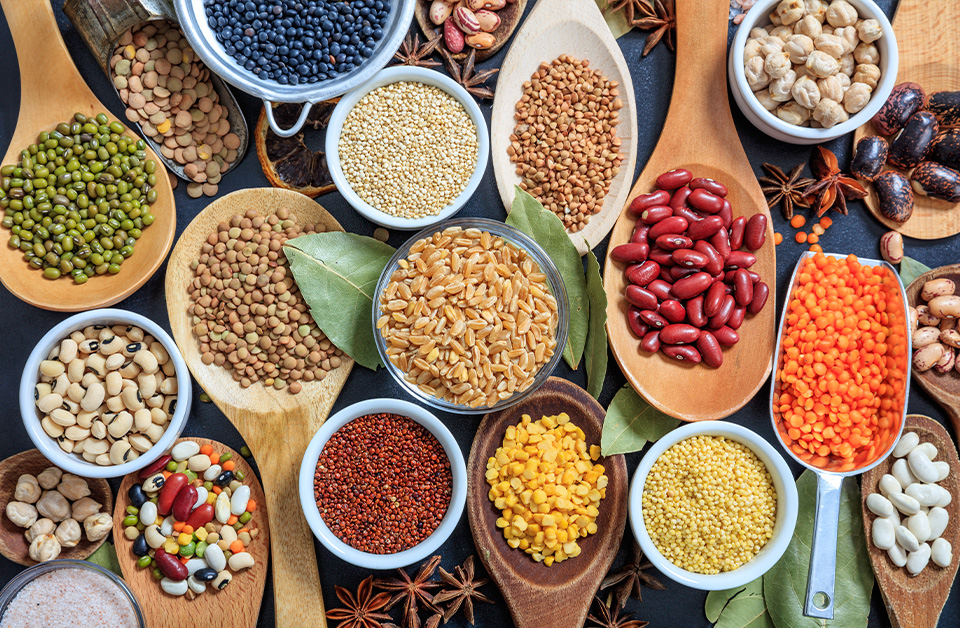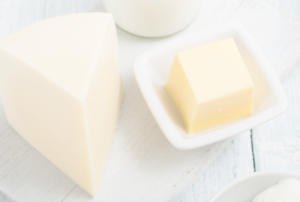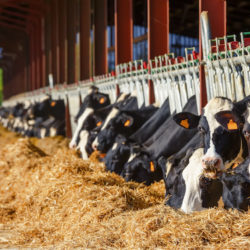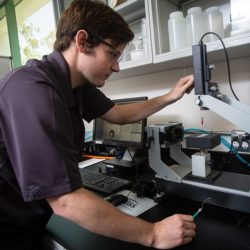
Emerging Trends & Membrane Solutions for Plant-Based Proteins
With alternative proteins expected to grow to US$125 billion by 2030, consumers are turning to protein alternatives for various reasons, including wellness and environmental concerns. With advancing technologies within this space, the diverse array of alternative proteins will allow consumers additional protein options to satisfy their tastes and desires while offering a new way to feed a growing global population.
In a recent study, seven emerging trends were spotlighted that will heavily influence new product launches in the coming years. The list included novel protein sources from fungi and air, kid-friendly formats, regional specificity, microbial fermentation and whole-muscle solutions.
Most notably, this study, among others, also indicated consumers’ desire for more innovation and transparency from seed to fork, including a demand for greater sustainability in existing food systems while also pushing for price parity between animal and plant-based proteins.
To address these concerns, plant-based food ingredient manufacturers are taking a holistic look at their manufacturing practices to leverage cutting-edge technology to lessen the cost, time and environmental impact of creating plant-based protein ingredients such as pea and soy isolates.
These sustainability initiatives include: reducing wastewater impact, capturing valuable by-products and reducing chemical usage by using alternative and more sustainable separation solutions.
- Reducing wastewater impact – the rapid increase in consumer demand for alternative protein sources means that many manufacturers had to quickly scale without addressing the increased wastewater impact their processes were contributing to the environment. Polymeric spiral wound membranes have been proven to offer an efficient and precise way to remove valuable protein fractions from the waste effluents, thus reducing total organic carbon from wastewater and increasing processing yield.
- Capturing high-value by-products that can be further processed – The starch and oil-rich plants used to make protein isolates also produce high-quality by-products that can further be processed and utilized. For example, starch, fiber and oil are all important fractions used in today’s food and beverage industry. In the case of pea protein, the excess starch that is being produced from the isolate process can be separated using membranes and either converted to a liquid sweetener similar to corn syrup or used for its thickening properties as a dried starch. Utilizing membranes to fractionate proteins has also been commercially implemented to create new value streams while increasing protein functionality.
- Reducing chemical usage – Isoelectric precipitation has been the dominant separation mechanism for producers today due to its ability to efficiently separate the protein from the starch and fiber fractions of a plant by altering the pH and precipitating out the protein. However, this process results in high chemical usage resulting in adverse environmental impacts and asset deterioration. Solecta’s polymeric membranes, combined with a holistic and consultative approach, have allowed manufacturers to identify new separation methods, thus reducing the need for chemicals upstream in the process.
Angela Dodd, Solecta’s Senior Director of New Market Development, comments, “by seeking continuous improvement and partnering with Solecta, our customers have been able to transform their processes resulting in better food ingredients, less waste, and measurable bottom-line impact. As we move into the future, Solecta will continue to be the leader in next-generation separation solutions as we help our clients produce more sustainable [and functional] plant-based proteins”. Get in touch with our team to learn more about our holistic and consultative approach to each client problem, expanding beyond the membrane and element to understand and optimize the entire process.
Related Resources in the Knowledge Hub
Let’s Keep in Touch
Follow Solecta on LinkedIn and join our mailing list to keep up with our latest news.
Explore the Possibilities
Our team of application engineers and domain experts understands your industry’s unique challenges. (They’re also eager to solve them.)








